Home>Furniture & Design>Bathroom Accessories>What Is The Black Stuff In My Bathtub
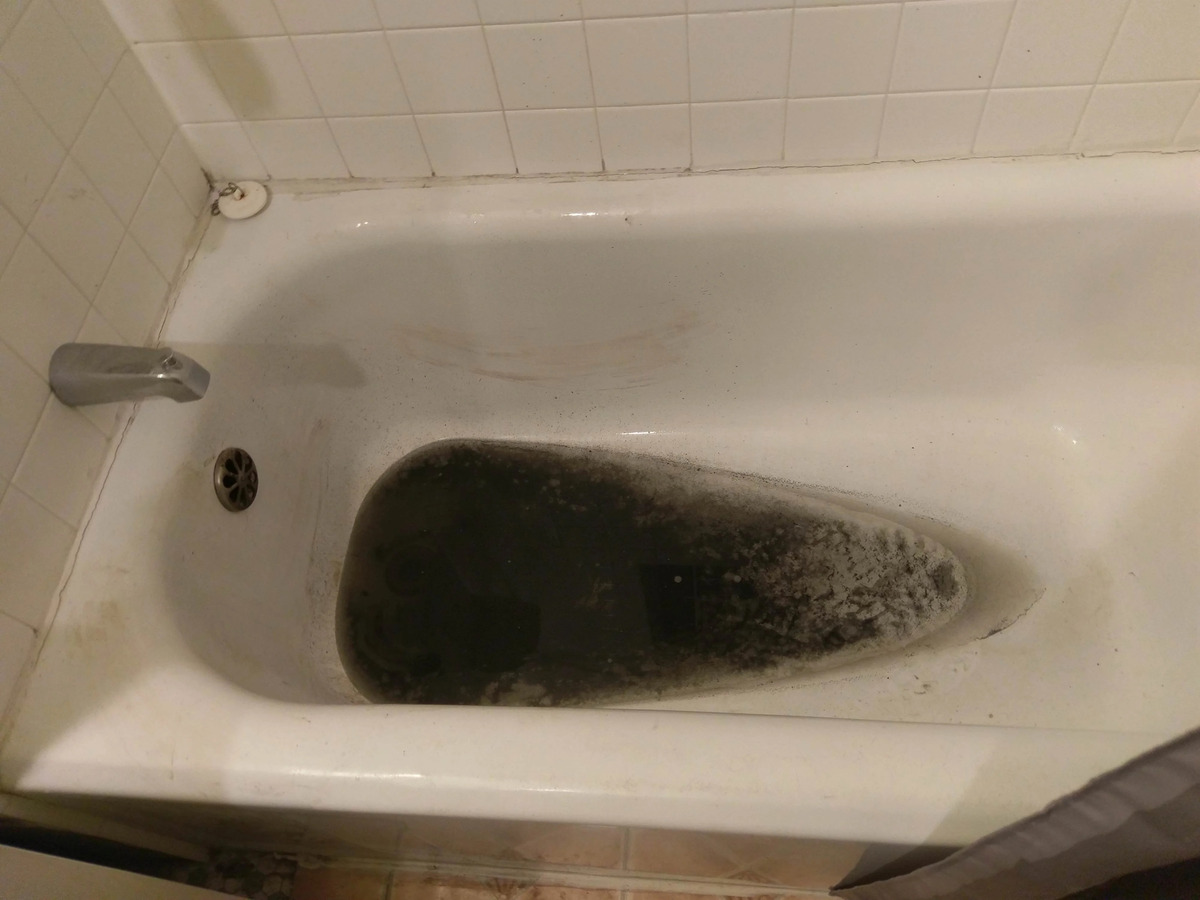

Bathroom Accessories
What Is The Black Stuff In My Bathtub
Modified: October 28, 2024
Discover the causes and solutions for the black stuff in your bathtub with our top bathroom accessories. Keep your bathroom clean and fresh.
(Many of the links in this article redirect to a specific reviewed product. Your purchase of these products through affiliate links helps to generate commission for Storables.com, at no extra cost. Learn more)
Introduction
Have you ever noticed mysterious black stains or specks in your bathtub? If so, you're not alone. Many homeowners have encountered this perplexing issue, and it can be quite a nuisance to deal with. The presence of this black substance not only affects the aesthetic appeal of your bathtub but also raises concerns about hygiene and potential health risks.
In this comprehensive guide, we will delve into the common causes of the black stuff in your bathtub, the associated health risks, and effective methods for removing and preventing its recurrence. By gaining a deeper understanding of this issue, you'll be better equipped to tackle it head-on and restore your bathtub to its pristine condition.
So, if you've ever wondered, "What is the black stuff in my bathtub?" or "How can I get rid of it?" – you've come to the right place. Let's embark on a journey to uncover the mysteries of the black stuff and reclaim the cleanliness and comfort of your bathroom.
Key Takeaways:
- Say goodbye to the black stuff in your bathtub! Mold, mildew, and mineral deposits can cause it. Use vinegar, baking soda, and regular cleaning to keep your bathtub clean and your family healthy.
- Keep your bathtub sparkling clean! Prevent black stains by drying surfaces, fixing leaks, and using mold-resistant products. Regular inspections and maintenance will make your bathroom a safe and inviting space.
Understanding the black stuff in your bathtub
The presence of black stains or specks in your bathtub can be attributed to various factors, and understanding the underlying causes is crucial in effectively addressing this issue. One common culprit is mold, which thrives in moist environments and often manifests as black or dark green patches. Mold spores can easily spread through the air and water, leading to the formation of unsightly stains in your bathtub.
Another potential cause of the black stuff in your bathtub is mildew, a type of fungus that flourishes in damp and poorly ventilated areas. Similar to mold, mildew can take on a dark hue and is notorious for its ability to rapidly spread across surfaces. Additionally, the accumulation of dirt, soap scum, and mineral deposits over time can contribute to the formation of black grime in your bathtub, creating an unappealing and unhygienic appearance.
Furthermore, the presence of iron or manganese in your water supply can lead to the development of black or brownish stains in your bathtub. These minerals, when oxidized, can leave stubborn discolorations that are challenging to remove. Additionally, if your bathtub is made of materials such as porcelain or enamel, the deterioration of the protective coating over time can result in the exposure of the underlying dark substrate, further exacerbating the appearance of the black stuff.
It's important to note that the black substance in your bathtub may also be a combination of the aforementioned factors, making it essential to assess the specific characteristics of the stains to determine the most effective course of action. By gaining a comprehensive understanding of the potential sources of the black stuff in your bathtub, you'll be better equipped to implement targeted solutions and prevent its recurrence.
In the following sections, we will explore the health risks associated with the black stuff, effective methods for removing it, and proactive measures to prevent its return. Armed with this knowledge, you can take proactive steps to maintain a clean and inviting bathtub, free from the unsightly presence of the black stuff.
Common causes of the black stuff
The black stuff in your bathtub can stem from various sources, each contributing to the unsightly appearance and potential health concerns. Understanding these common causes is essential in effectively addressing the issue and preventing its recurrence.
-
Mold and Mildew: The presence of moisture and organic matter in your bathroom creates an ideal environment for mold and mildew to thrive. These fungal organisms can appear as black or dark green patches in your bathtub, spreading rapidly if left unchecked.
-
Accumulated Dirt and Soap Scum: Over time, dirt, body oils, and soap scum can accumulate on the surfaces of your bathtub, leading to the formation of stubborn black grime. This buildup not only detracts from the visual appeal of your bathtub but also poses hygiene concerns.
-
Mineral Deposits: If your water supply contains high levels of iron or manganese, the oxidization of these minerals can result in the formation of black or brownish stains in your bathtub. These deposits can be particularly challenging to remove and may require targeted cleaning methods.
-
Deterioration of Bathtub Coating: In the case of porcelain or enamel bathtubs, the protective coating can degrade over time, exposing the underlying dark substrate. This can contribute to the appearance of black discolorations and compromise the overall aesthetic of the bathtub.
-
Combined Factors: It's important to recognize that the black stuff in your bathtub may be a result of a combination of the aforementioned causes. Mold, mildew, accumulated grime, mineral deposits, and coating deterioration can collectively contribute to the presence of black stains and specks in your bathtub.
By identifying these common causes, you can tailor your approach to effectively address the specific factors contributing to the black stuff in your bathtub. In the subsequent sections, we will explore the potential health risks associated with these issues and provide actionable strategies for removing the black stuff and preventing its resurgence.
Health risks associated with the black stuff
The presence of the black stuff in your bathtub not only poses aesthetic concerns but also raises potential health risks that warrant attention. Understanding these health implications is crucial in safeguarding the well-being of you and your family.
One significant health risk associated with the black stuff, particularly mold and mildew, is respiratory issues. When mold spores and mildew particles become airborne, they can be inhaled, potentially triggering allergic reactions and respiratory distress in susceptible individuals. Symptoms such as coughing, wheezing, nasal congestion, and throat irritation may manifest, particularly in those with asthma or allergies. Prolonged exposure to mold and mildew can exacerbate respiratory conditions and compromise overall respiratory health.
Furthermore, the presence of mold and mildew in the bathroom can contribute to indoor air pollution, impacting the overall air quality within your home. Poor air quality can lead to a range of health issues, including respiratory infections, exacerbation of existing respiratory conditions, and general discomfort. Additionally, mold and mildew produce mycotoxins, which are toxic substances that can pose health risks when inhaled or come into contact with the skin.
In the case of mineral deposits and accumulated grime in the bathtub, there is a risk of bacterial growth and contamination. The damp and unclean surfaces provide an ideal breeding ground for bacteria, potentially leading to skin infections, irritation, and other dermatological issues. Exposure to bacteria in the bathroom environment can compromise personal hygiene and increase the likelihood of skin-related ailments.
Moreover, the degradation of bathtub coatings can result in the release of harmful substances, such as lead or other chemicals, into the bathwater. Prolonged exposure to these substances can have adverse effects on skin health and overall well-being, particularly for individuals with sensitive skin or underlying health conditions.
By recognizing the potential health risks associated with the black stuff in your bathtub, you can prioritize the implementation of effective cleaning and maintenance practices to mitigate these concerns. In the following sections, we will explore proven methods for removing the black stuff and proactive measures to prevent its resurgence, empowering you to create a hygienic and safe bathing environment for you and your loved ones.
To remove the black stuff in your bathtub, mix equal parts of baking soda and white vinegar to form a paste. Apply the paste to the affected areas, let it sit for 15-20 minutes, then scrub with a sponge and rinse thoroughly.
How to get rid of the black stuff
Removing the black stuff from your bathtub requires a targeted approach to effectively address the specific causes of the stains and restore the cleanliness of the surfaces. Here are proven methods for eliminating the black stuff and revitalizing your bathtub:
-
Vinegar and Baking Soda: Create a powerful cleaning solution by combining white vinegar and baking soda. Apply the mixture to the affected areas of your bathtub and allow it to sit for a period of time. The natural acidic properties of vinegar, combined with the abrasive action of baking soda, can effectively break down and lift the black stains, facilitating their removal.
-
Bleach and Water Solution: For stubborn mold and mildew stains, a diluted bleach solution can be highly effective. Ensure proper ventilation in the bathroom, then apply the bleach solution to the affected areas and allow it to sit for a specified duration. Exercise caution when using bleach and follow safety guidelines to protect yourself and the surrounding surfaces.
-
Commercial Mold and Mildew Cleaners: Explore the availability of specialized cleaners designed to target mold and mildew. These products often contain potent ingredients tailored to combat fungal growth and can be particularly effective in treating persistent black stains in your bathtub.
-
Scrubbing and Brushing: Utilize a scrub brush or sponge to physically agitate and remove the black grime from the surfaces of your bathtub. Pairing this manual cleaning method with the aforementioned cleaning solutions can yield comprehensive results, particularly for areas with ingrained stains.
-
Professional Cleaning Services: In cases of extensive or deeply embedded black stains, consider enlisting the services of professional cleaners who specialize in addressing mold, mildew, and stubborn discolorations in bathroom fixtures. Professional expertise and equipment can deliver thorough and lasting solutions.
-
Preventive Maintenance: Once the black stuff has been effectively removed, implement regular cleaning and maintenance routines to prevent its recurrence. Keep your bathtub dry, address any water leakage issues, and promote adequate ventilation to discourage the growth of mold, mildew, and other contributing factors.
By employing these targeted methods and adopting proactive maintenance practices, you can successfully eliminate the black stuff from your bathtub and uphold a hygienic and visually appealing bathing environment. Regular vigilance and prompt action will help safeguard the cleanliness and comfort of your bathroom, ensuring that the black stuff remains a distant memory.
Read more: Why Is There Black Stuff In My Ice Maker
Preventing the black stuff from coming back
Preventing the resurgence of the black stuff in your bathtub is essential for maintaining a clean and hygienic bathing environment. By implementing proactive measures and adopting consistent maintenance practices, you can effectively deter the reappearance of unsightly stains and specks. Here are actionable strategies to prevent the black stuff from coming back:
-
Regular Cleaning Routine: Establish a regular cleaning schedule for your bathtub, focusing on thorough removal of soap scum, dirt, and other potential sources of black grime. Use mild, non-abrasive cleaners to maintain the cleanliness of the surfaces without compromising the integrity of the bathtub materials.
-
Adequate Ventilation: Promote proper ventilation in your bathroom to minimize moisture accumulation, which can foster the growth of mold and mildew. Utilize exhaust fans or open windows during and after bathing to facilitate air circulation and expedite the drying of surfaces.
-
Dry Surfaces After Use: Wipe down the bathtub surfaces with a squeegee or towel after each use to remove excess water and prevent the formation of moisture-related stains. Pay particular attention to areas prone to water accumulation, such as corners and crevices.
-
Address Leaks and Dampness: Promptly repair any leaks in the bathtub, faucets, or plumbing fixtures to prevent water seepage and damp conditions that can contribute to the growth of mold and mildew. Regularly inspect and maintain the integrity of the bathtub sealant to prevent water infiltration.
-
Use Mold-Resistant Products: Consider utilizing mold-resistant caulking and grout in the areas surrounding the bathtub to inhibit the development of mold and mildew. These specialized products are designed to deter fungal growth and can contribute to long-term prevention efforts.
-
Monitor Water Quality: If your water supply is prone to high mineral content, consider installing a water softener or filtration system to reduce the presence of iron, manganese, and other minerals that can lead to stubborn stains in your bathtub. Addressing water quality issues at the source can significantly mitigate the risk of discolorations.
-
Regular Inspections: Periodically inspect the bathtub surfaces, grout lines, and caulking for any signs of discoloration, deterioration, or potential mold growth. Early detection allows for prompt intervention and prevents minor issues from escalating into widespread problems.
By integrating these preventive measures into your bathroom maintenance routine, you can effectively thwart the recurrence of the black stuff in your bathtub, preserving its cleanliness and visual appeal. Consistent vigilance and proactive care will contribute to a welcoming and hygienic bathing space for you and your household.
Conclusion
In conclusion, the presence of the black stuff in your bathtub can stem from a variety of factors, including mold, mildew, accumulated grime, mineral deposits, and coating deterioration. These unsightly stains not only detract from the visual appeal of your bathtub but also pose potential health risks, ranging from respiratory issues associated with mold and mildew to bacterial contamination and skin-related ailments.
However, armed with a deeper understanding of the common causes and associated health risks, you can take proactive steps to address this issue effectively. By employing targeted cleaning methods, such as utilizing vinegar and baking soda, bleach solutions, and commercial cleaners, you can eliminate the black stuff and restore the cleanliness of your bathtub. Additionally, implementing preventive maintenance measures, including regular cleaning routines, adequate ventilation, and prompt leak repairs, can significantly reduce the likelihood of the black stuff making a comeback.
By integrating these strategies into your bathroom maintenance routine, you can create a hygienic and visually appealing bathing environment, free from the unsightly presence of the black stuff. Consistent vigilance and proactive care will contribute to a welcoming and safe space for you and your household, ensuring that your bathtub remains a source of comfort and relaxation.
In essence, by gaining a comprehensive understanding of the black stuff in your bathtub and implementing the recommended solutions, you can reclaim the cleanliness and comfort of your bathroom. Remember, a clean bathtub not only enhances the aesthetics of your home but also promotes a healthy and enjoyable bathing experience for you and your loved ones.
Frequently Asked Questions about What Is The Black Stuff In My Bathtub
Was this page helpful?
At Storables.com, we guarantee accurate and reliable information. Our content, validated by Expert Board Contributors, is crafted following stringent Editorial Policies. We're committed to providing you with well-researched, expert-backed insights for all your informational needs.
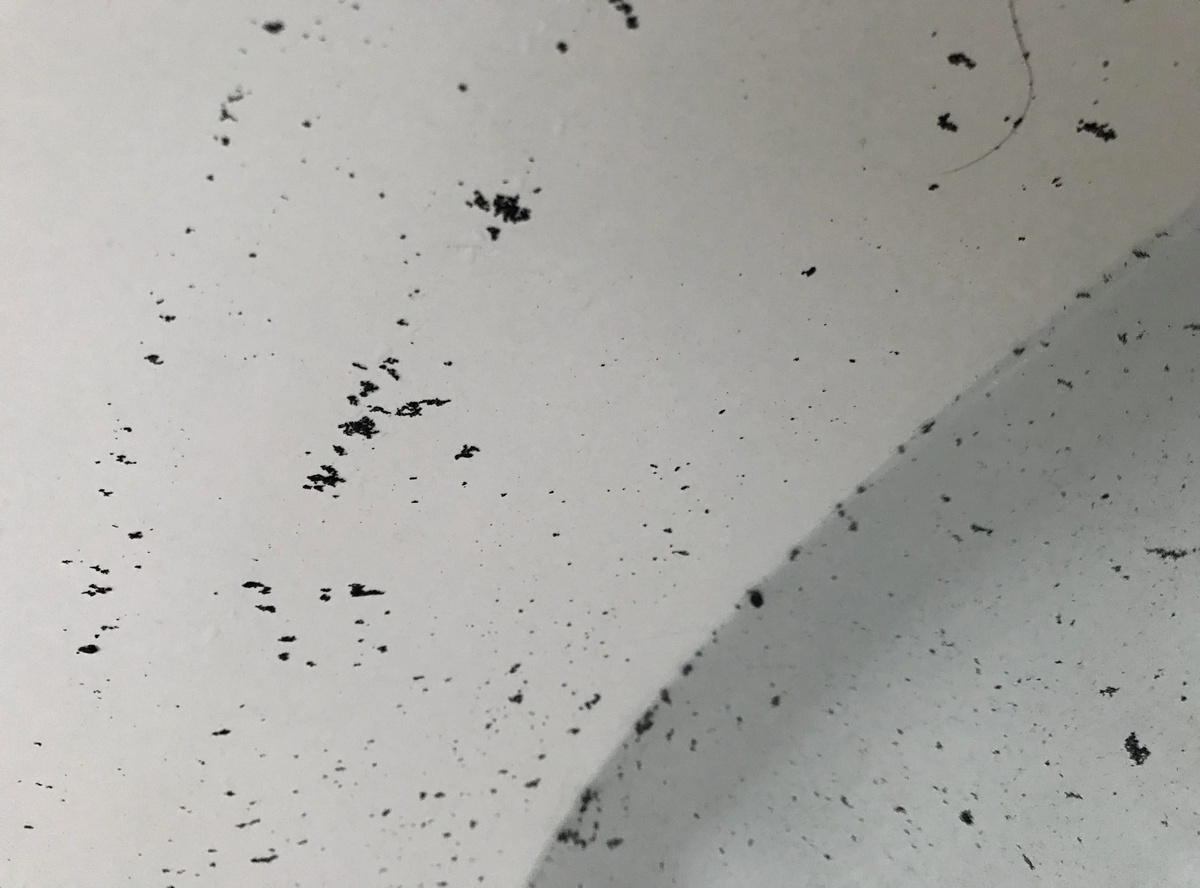
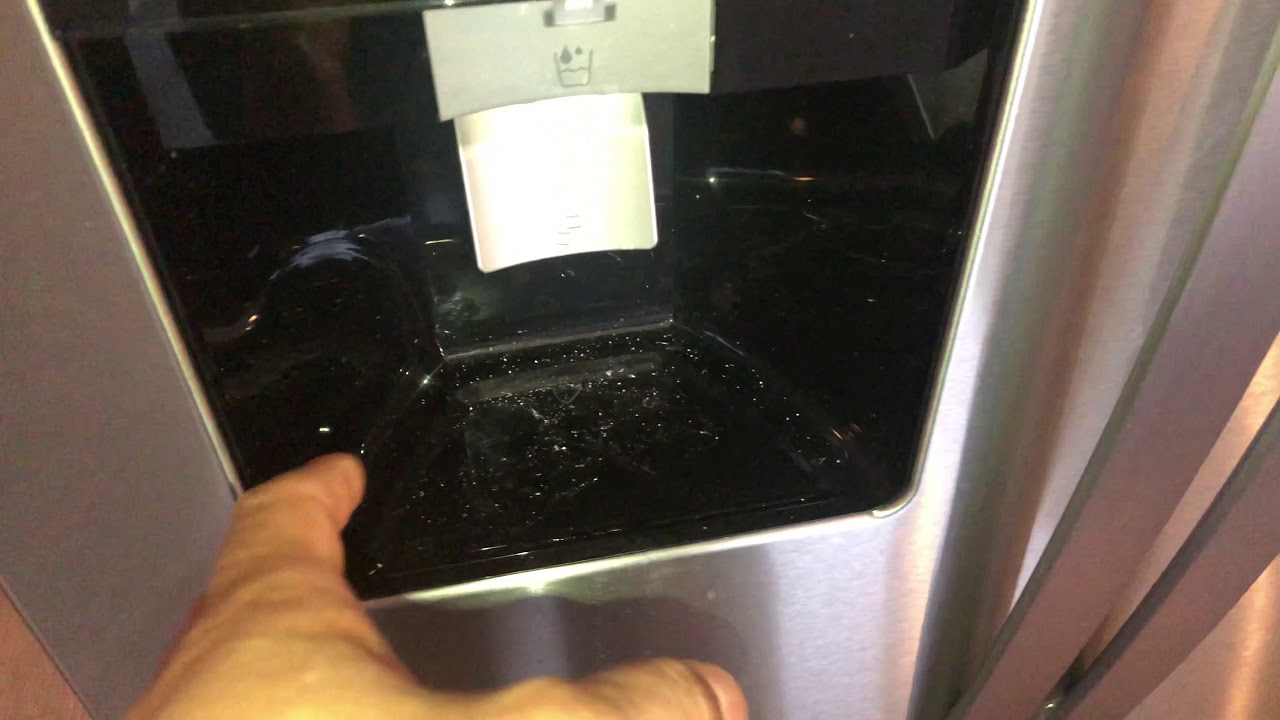
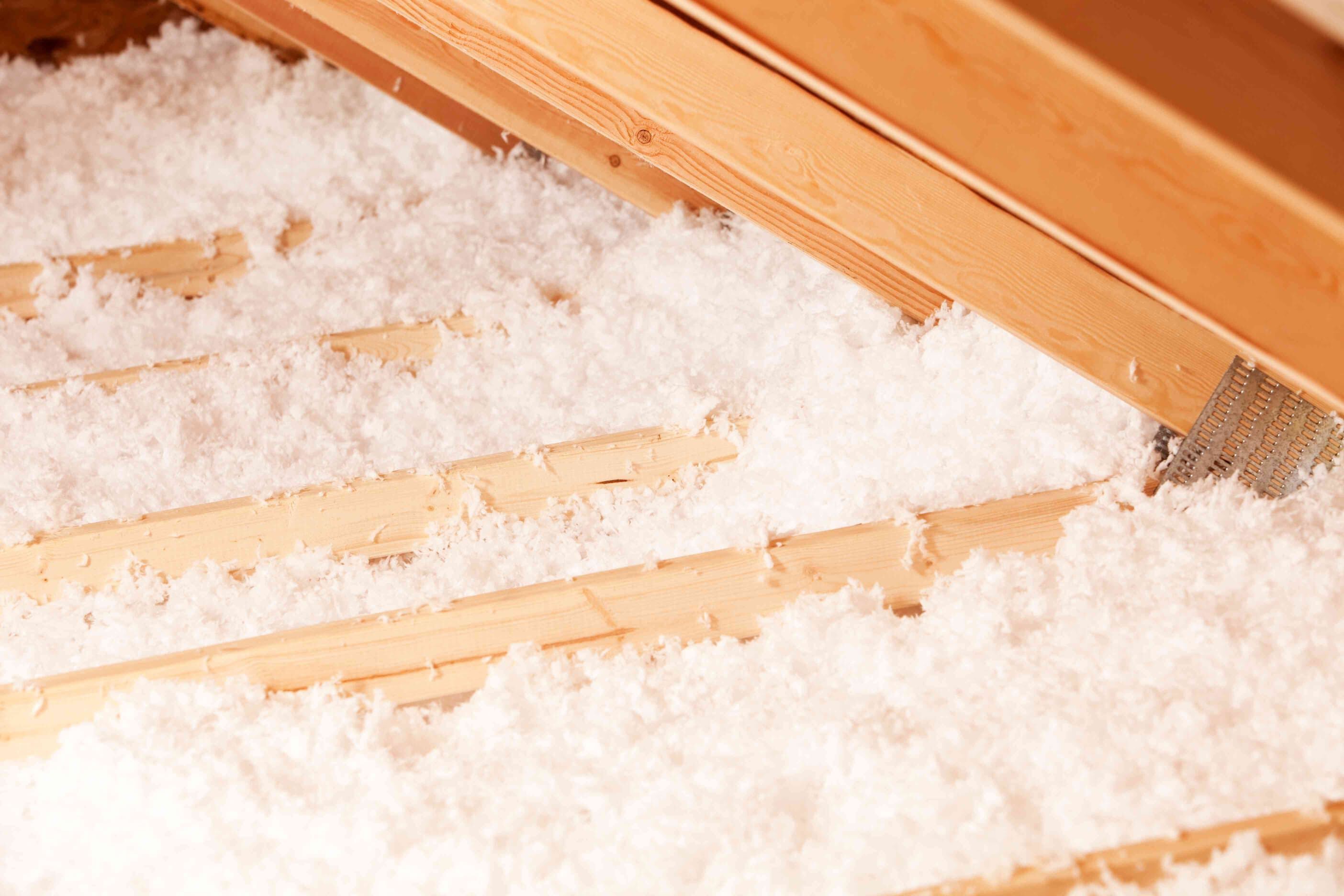
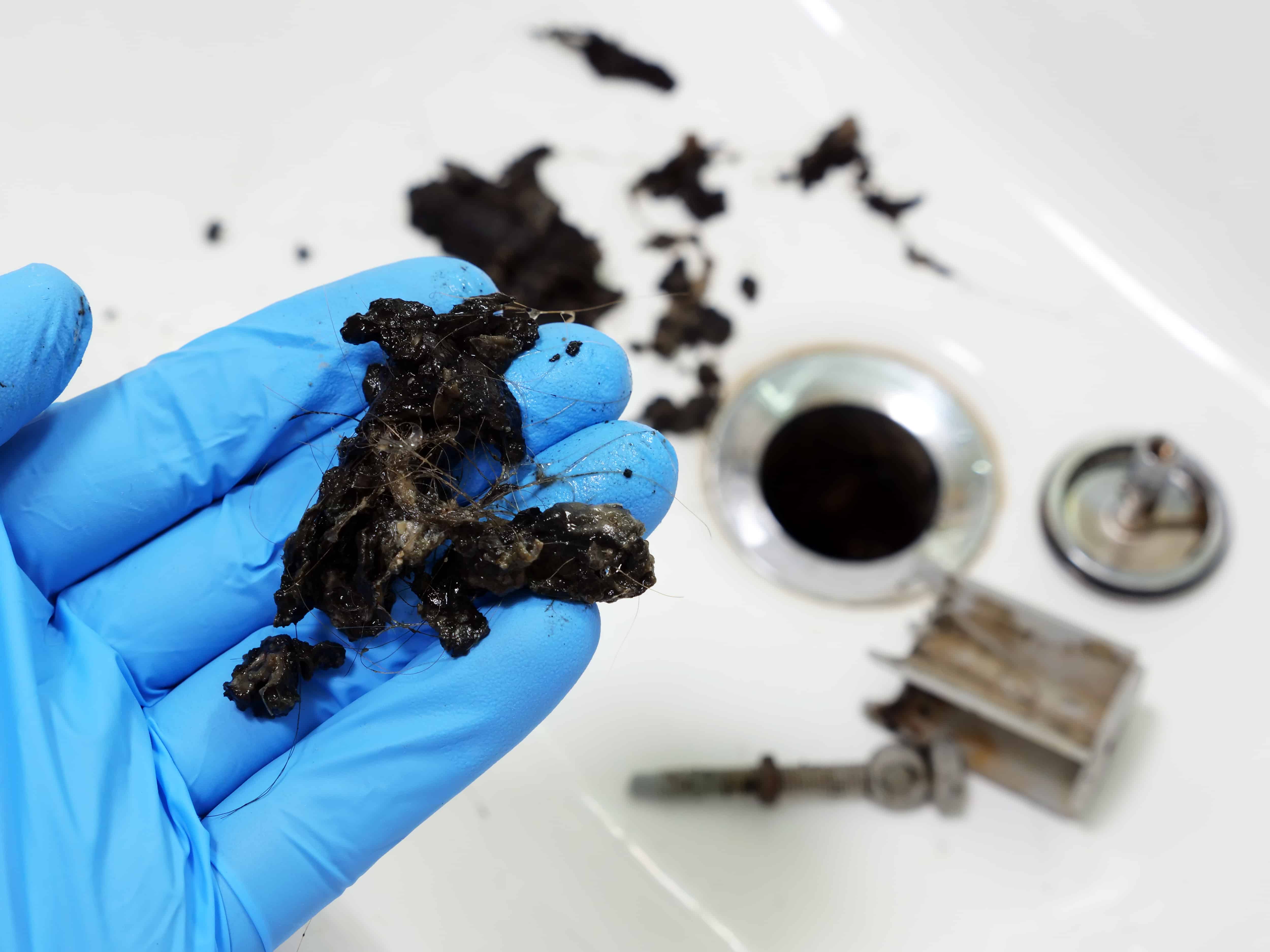
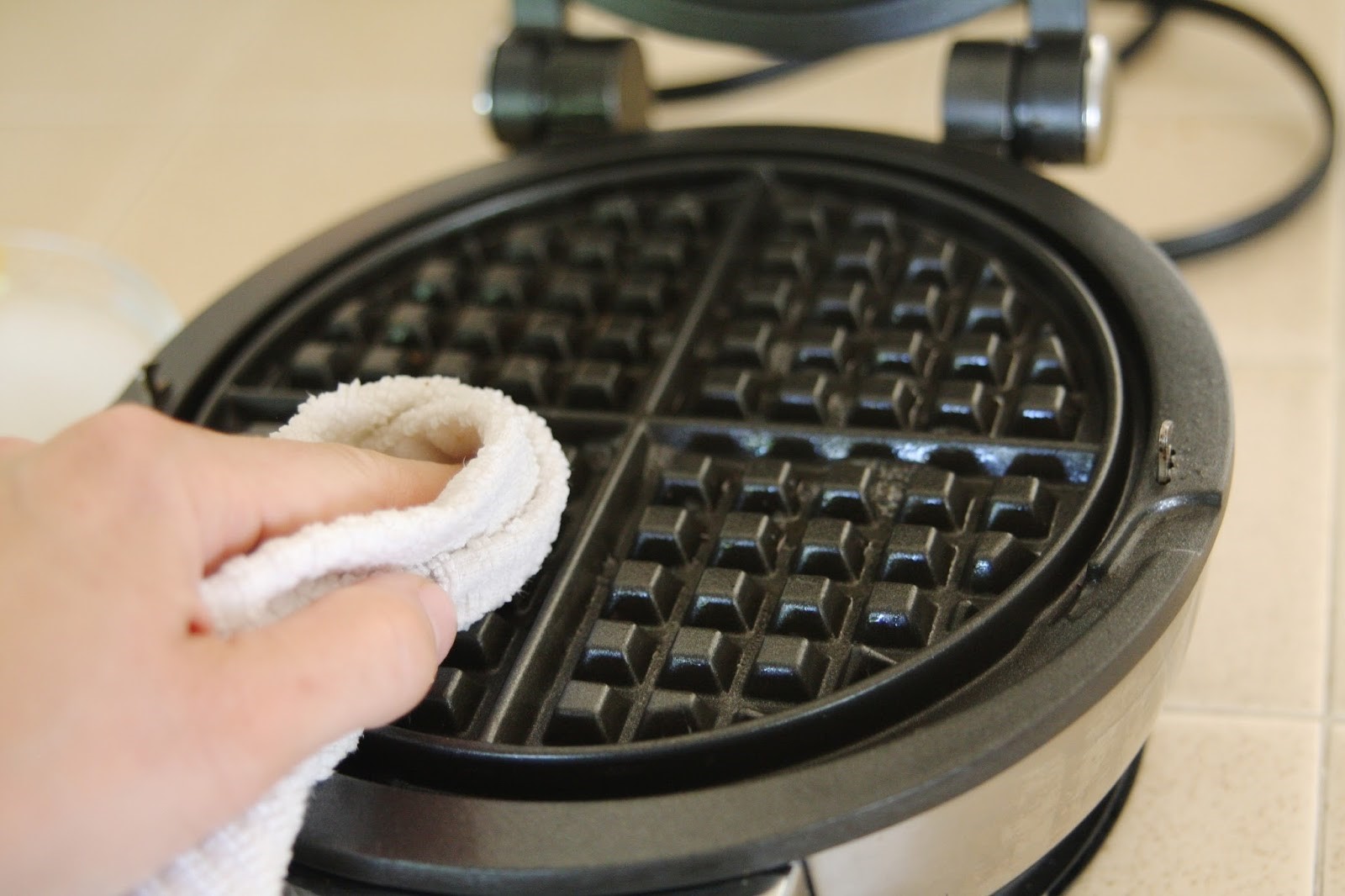
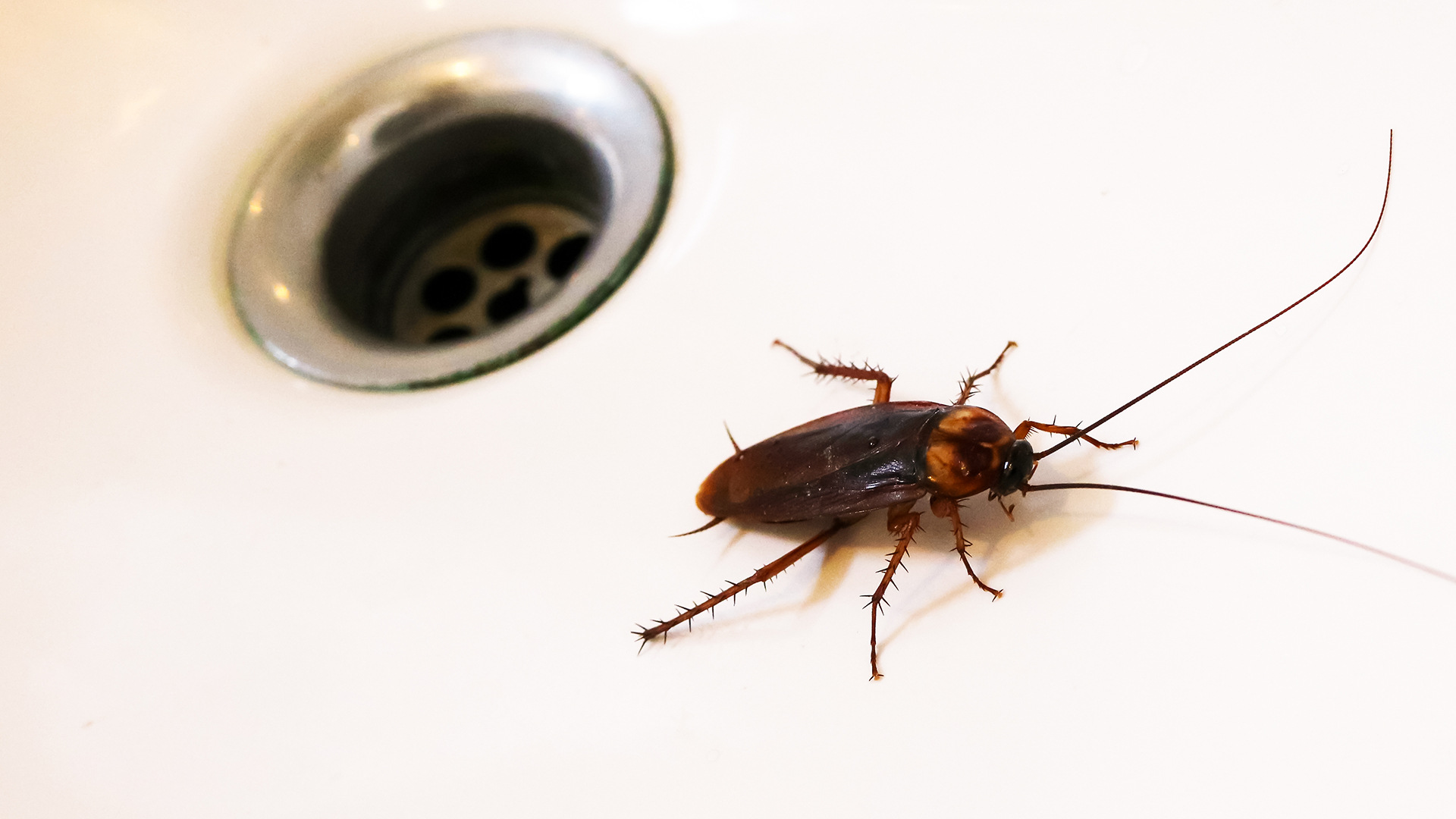

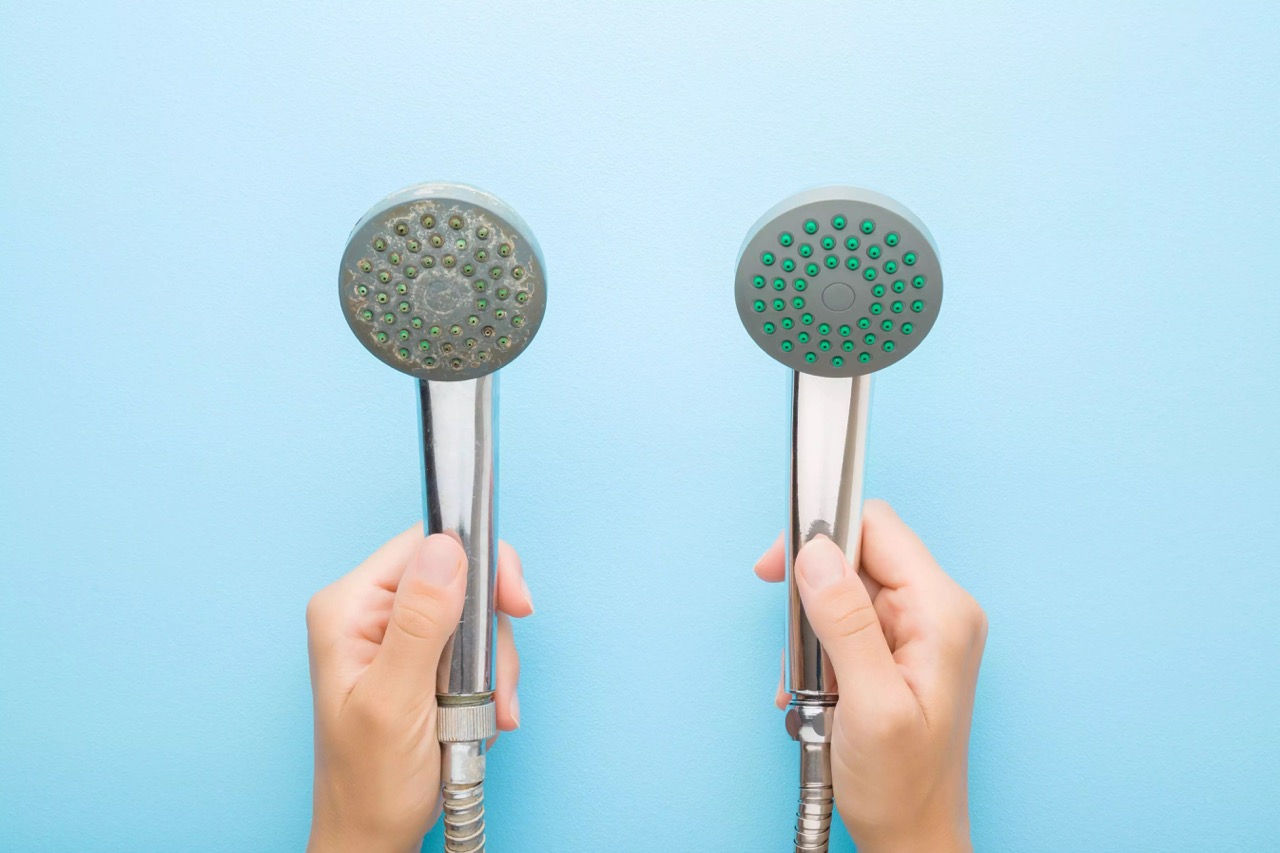
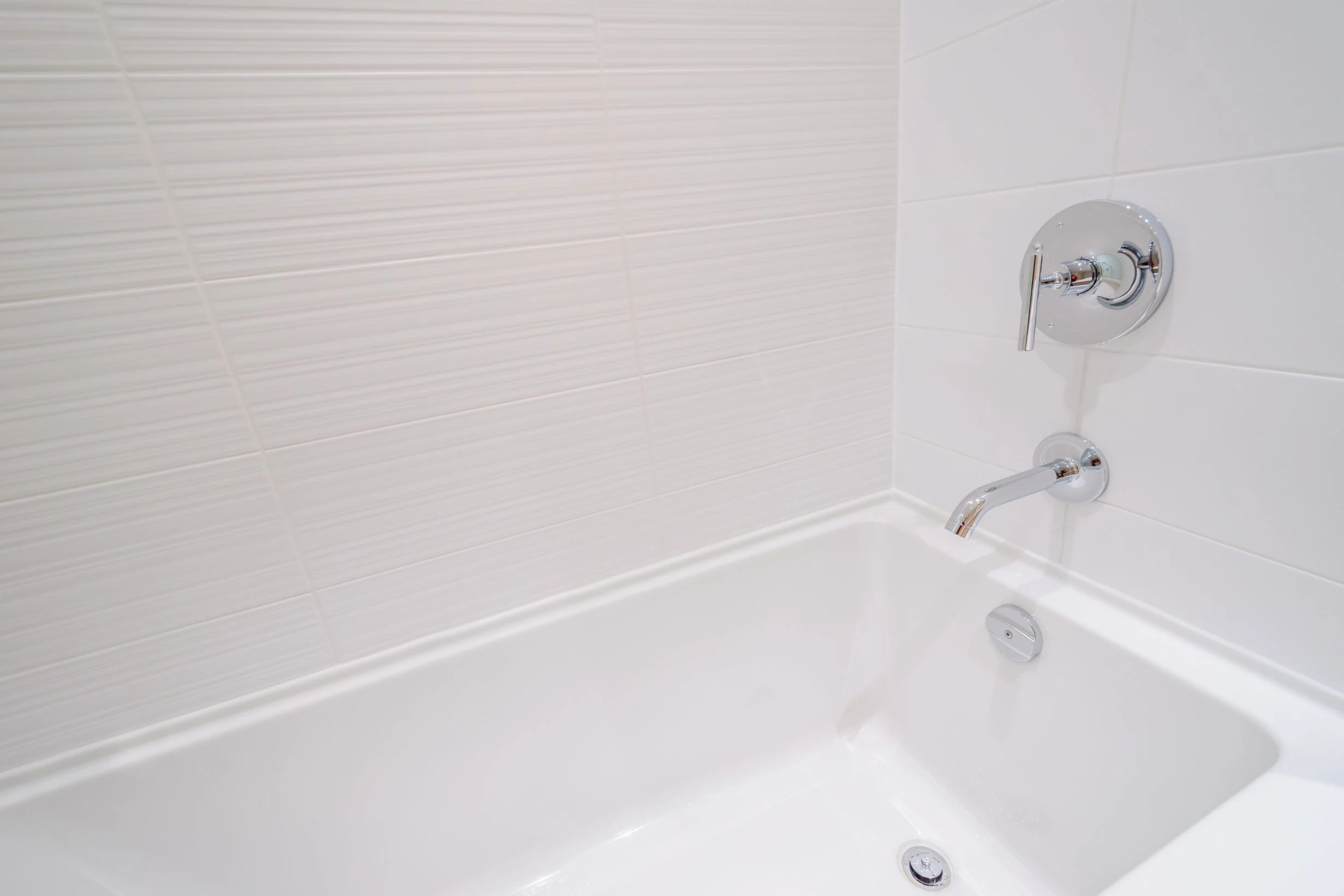
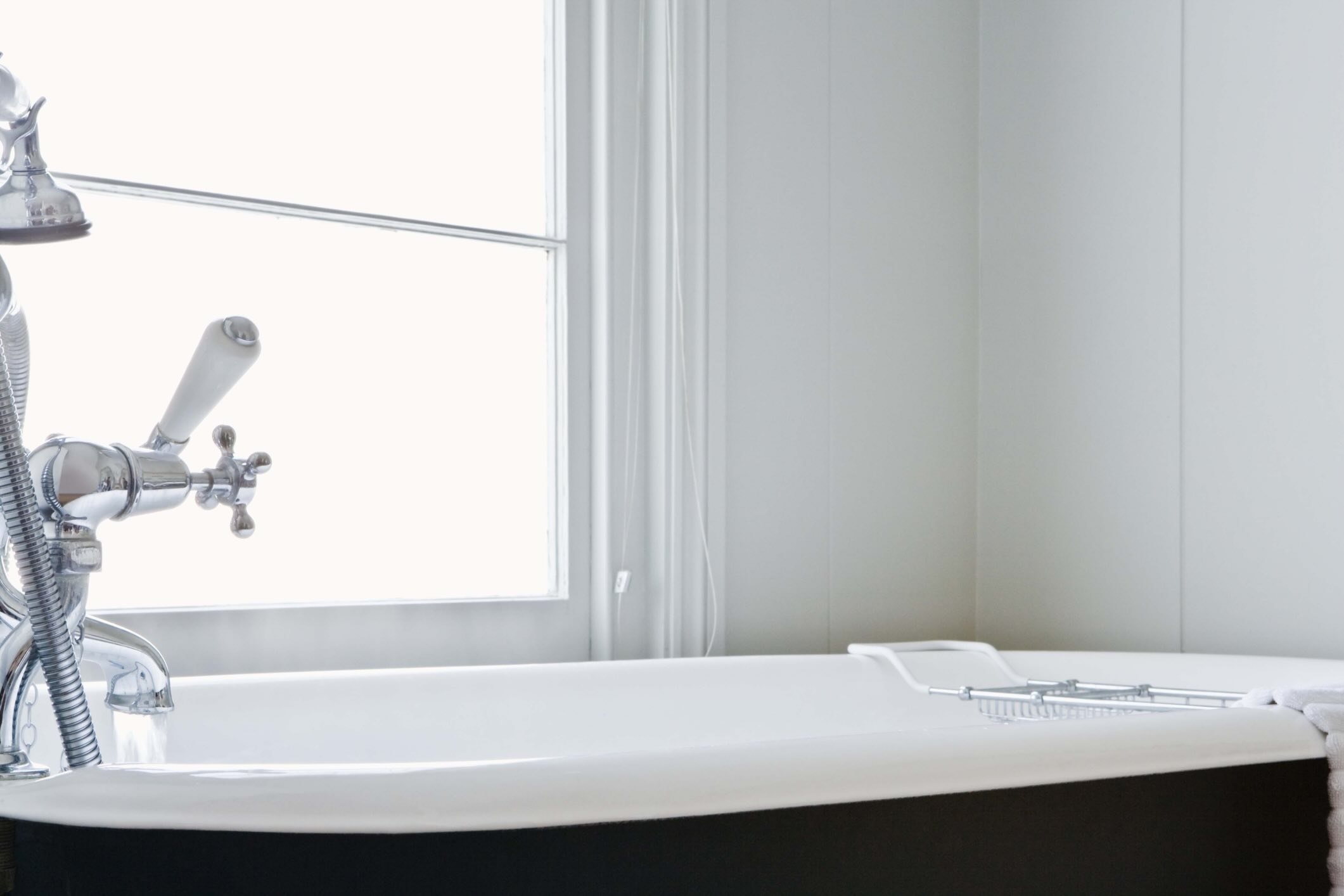

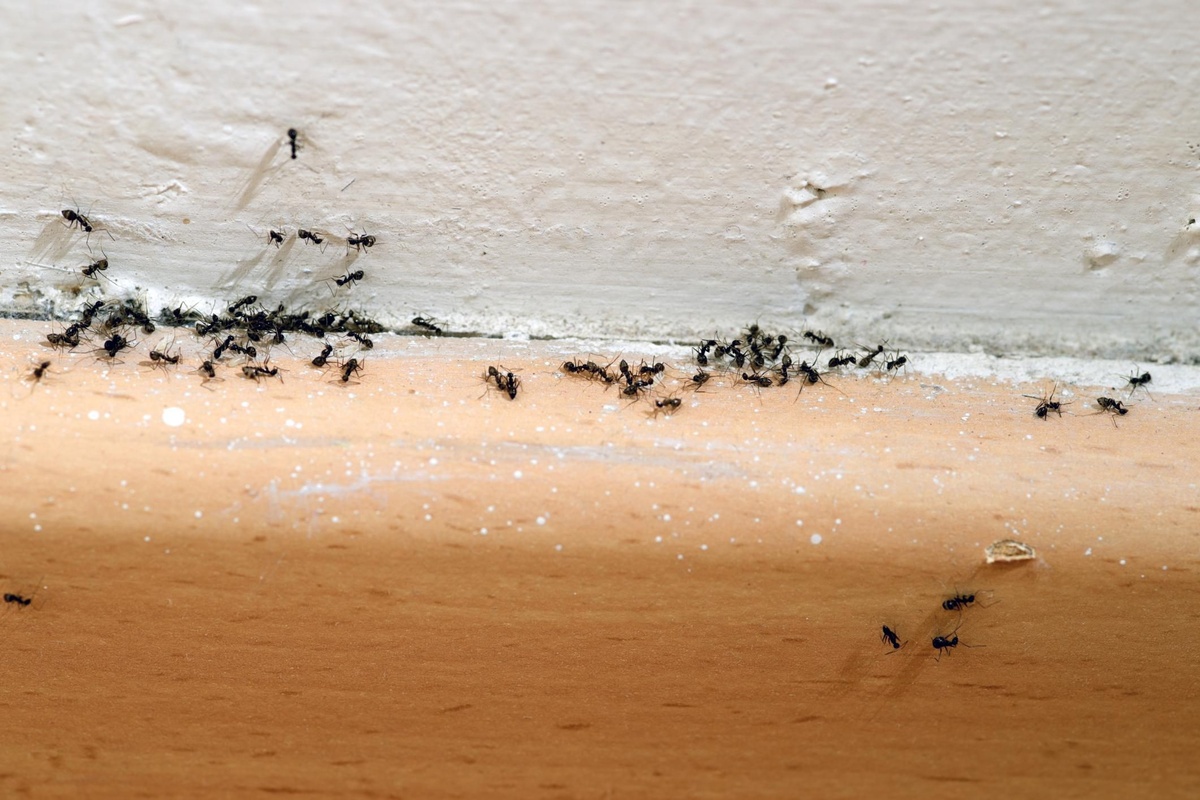
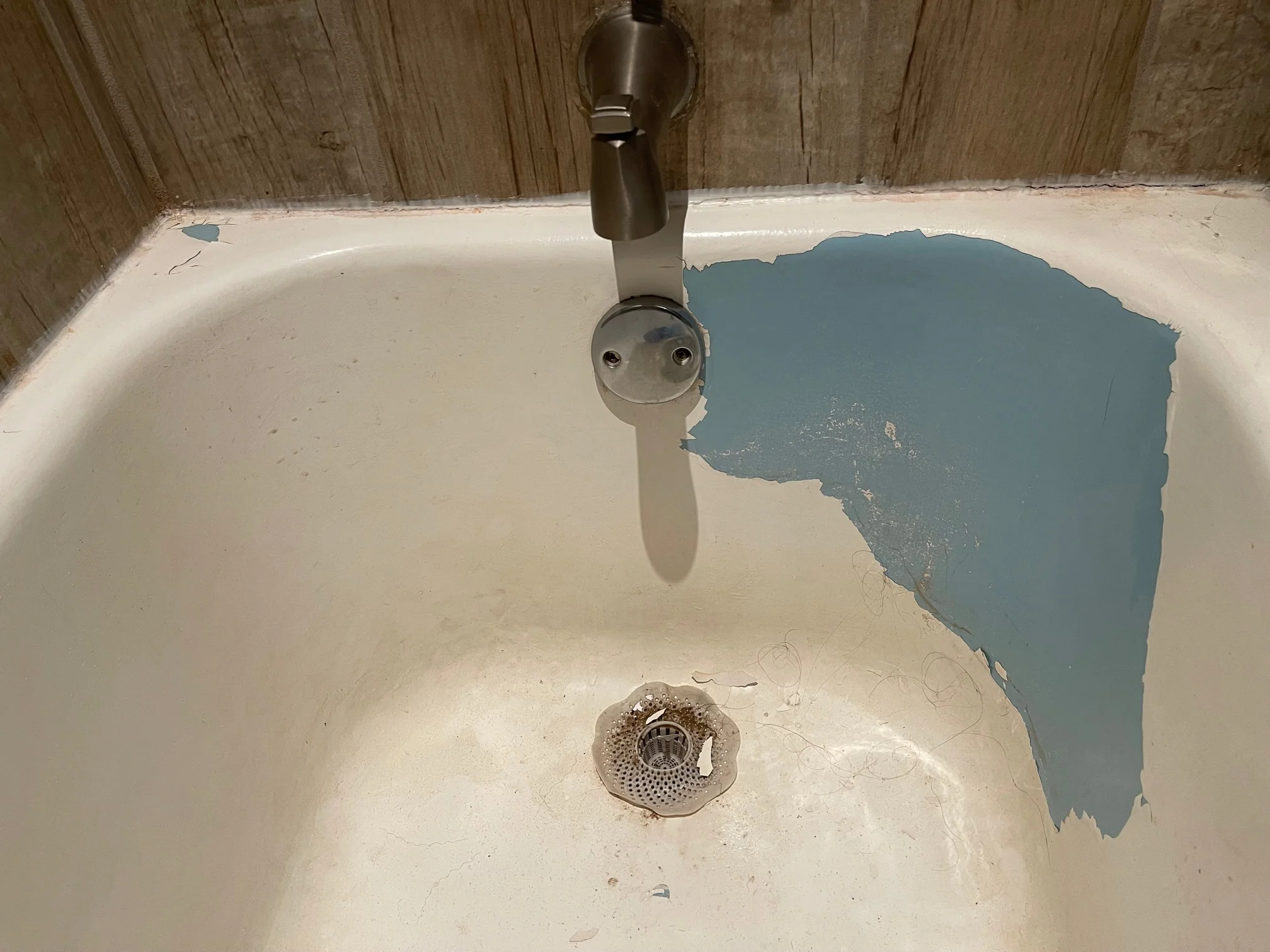
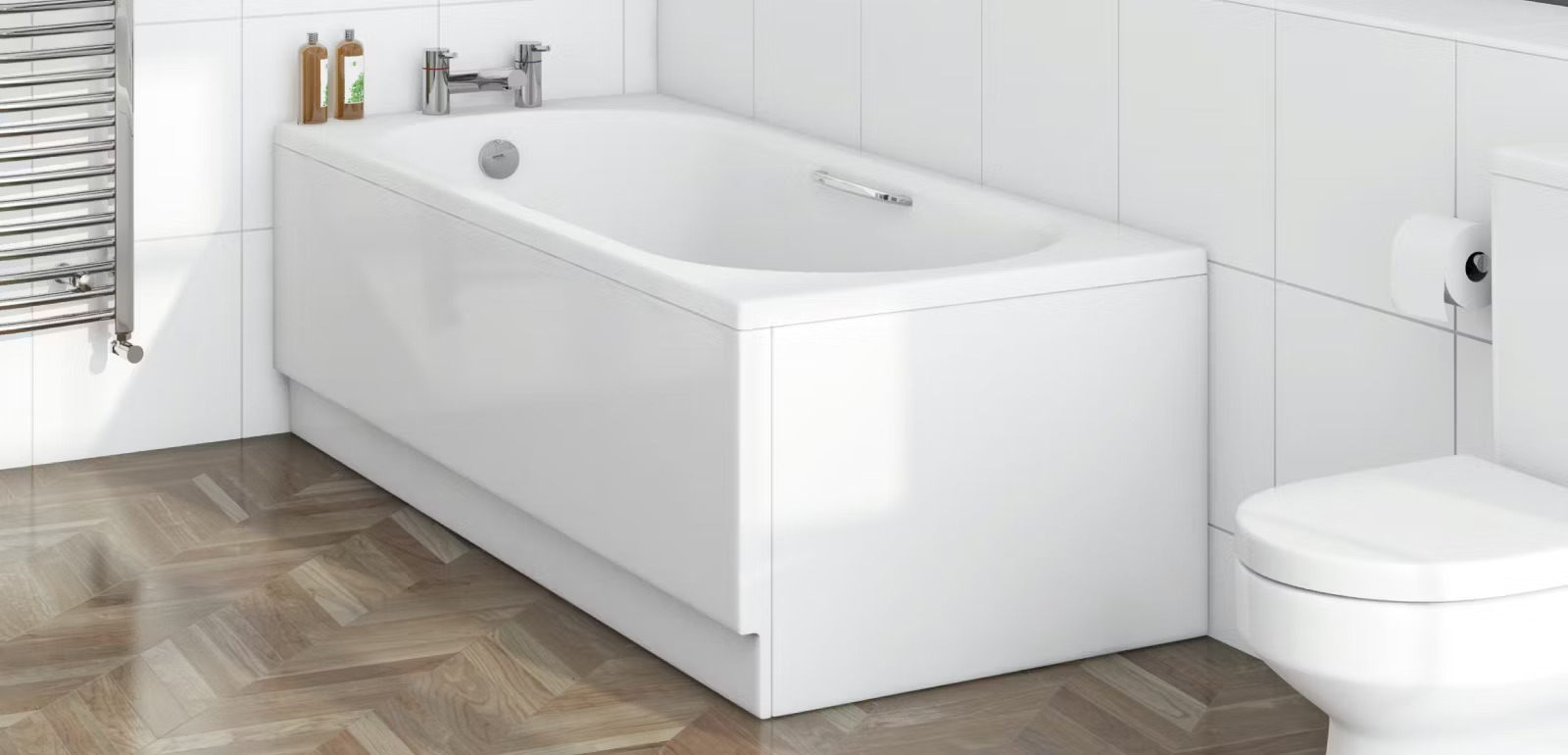

0 thoughts on “What Is The Black Stuff In My Bathtub”